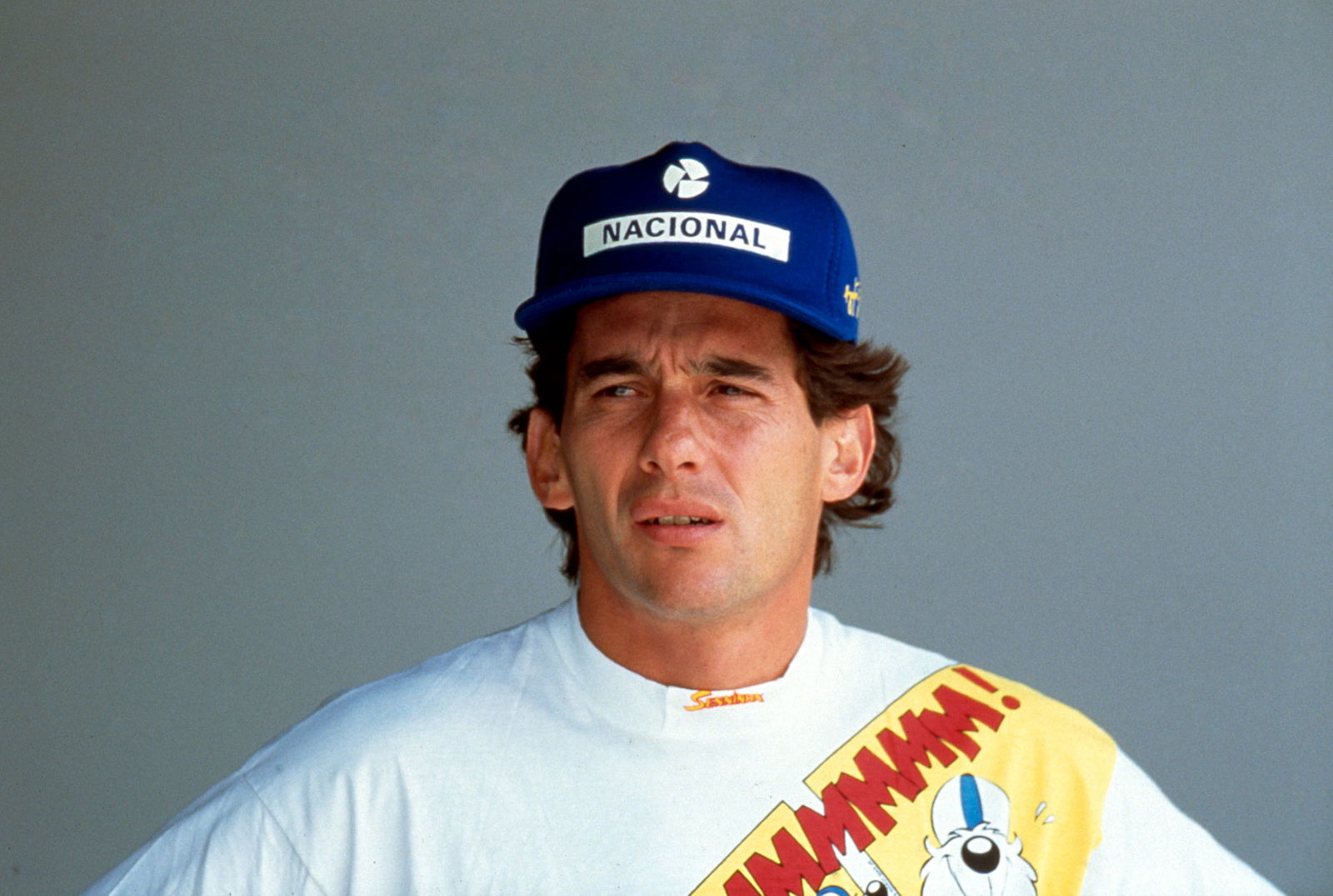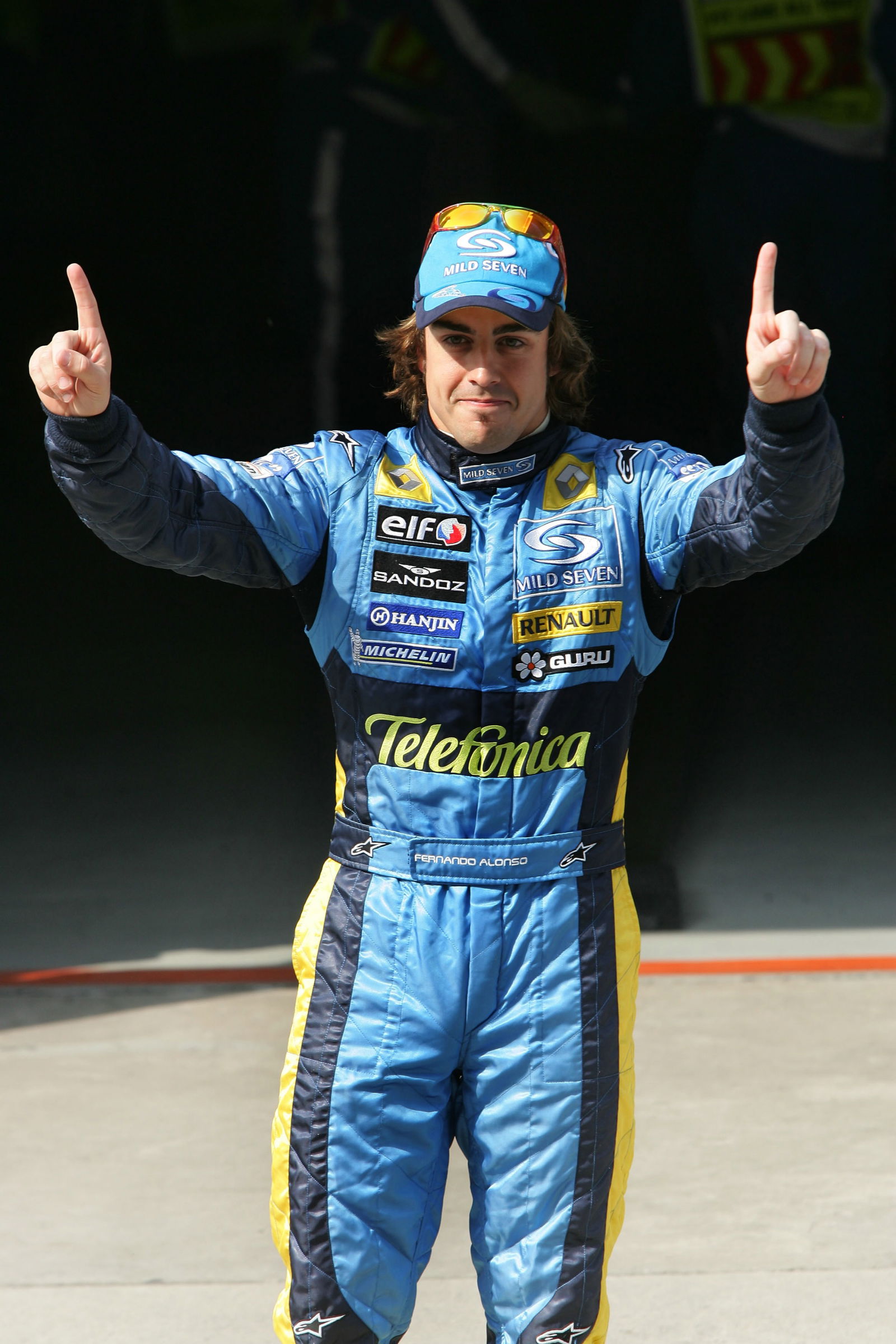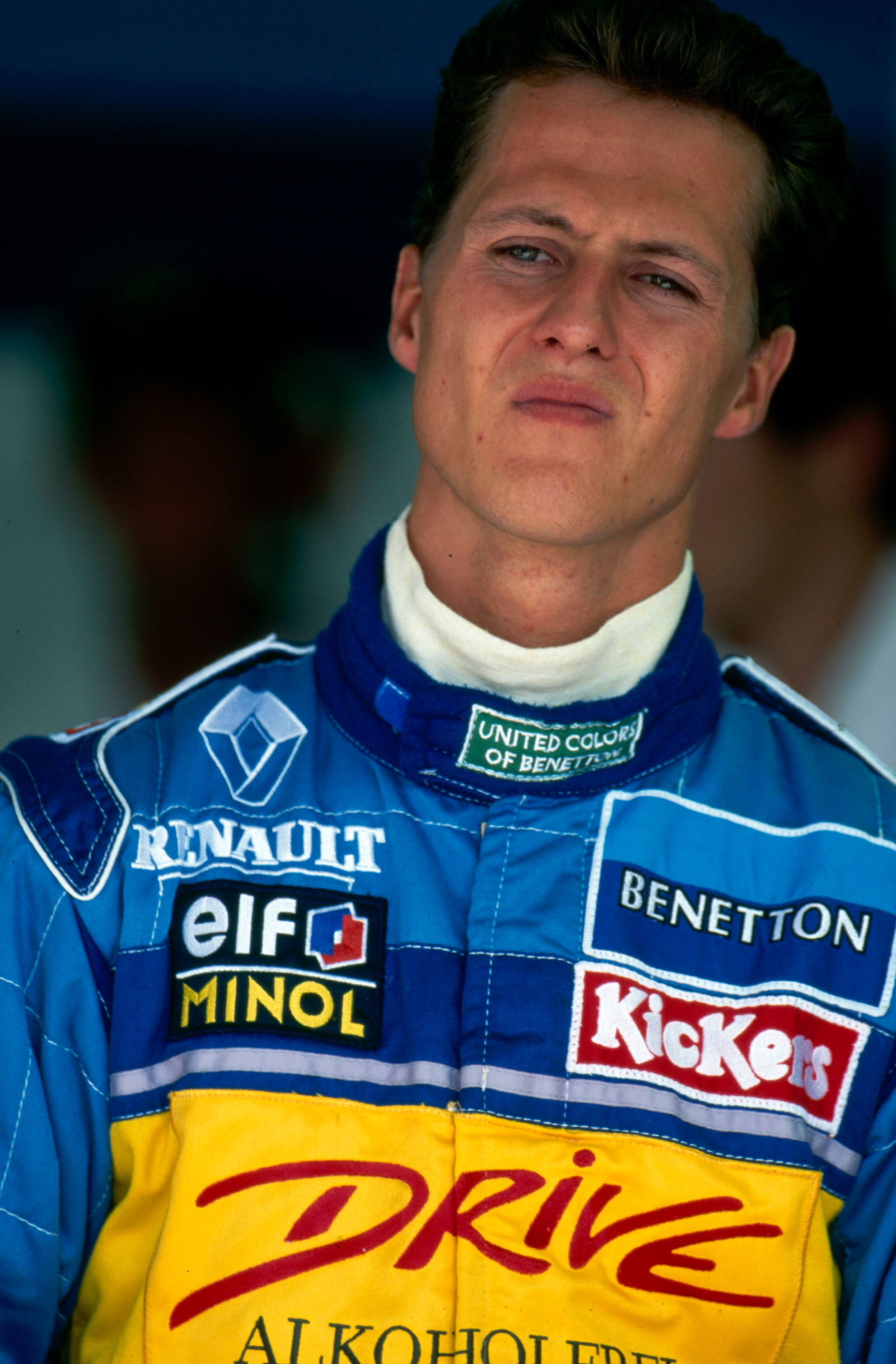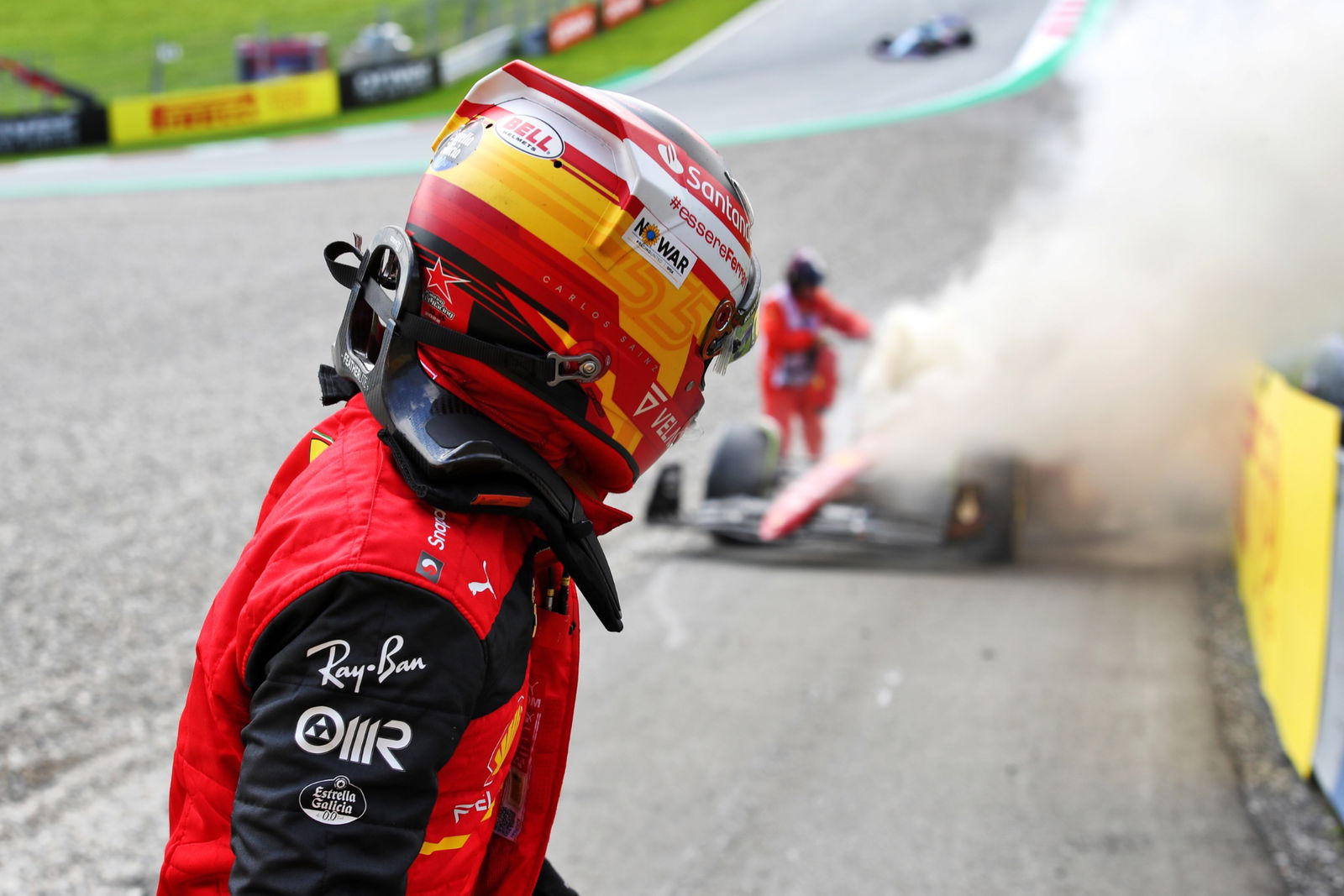Ayrton Senna, Michael Schumacher and Fernando Alonso fascinatingly compared by F1 chief technical officer

Pat Symonds, the F1 chief technical officer, was the lead engineer at Toleman when Senna debuted. He was Schumacher’s race engineer in the title-winning 1994 season at Benetton. And he worked with Alonso who won the 2005 and 2006 titles with Renault.
The early genius of Senna

“It was in the days before we had really any data acquisition, we were just building our first data acquisition devices,” Symonds said of the Brazilian’s early days in F1.
“So we were relying on the driver an awful lot, even down to what revs he was pulling at the end of the straight, have we got the right top gear in, what’s the water and oil temperature, have we got the radiators blanked correctly, things like that.
“As well as driving the car fast, as well as being tactical, we were having to think of all these things.
Schumacher’s uniqueness
“Michael, for example, he liked a very unstable car,” Symonds said. “It may make the car very quick, but you need to be a damn good driver to drive this.
“We used to set his car up in quite an unstable manner, and his teammates often struggled with that, because of the way it was.
“So trying to rate a driver - who is quick and why are they quick - is really difficult when you’re looking at that period of time.”
Alonso at the cutting edge

“By the time we get to Fernando, we know a hell of a lot more about what’s happening with the car than he does in terms of [data].
“So then what you’re really looking for, is you’re looking for the driver who can interpret how you turn the vehicle dynamics into something that the driver can handle.”
Self-esteem is the key trait of an F1 champion
“The thing you’ve got to remember is that what you wanted from a driver was very different in those three decades,” Symonds said.
“A decade in any business is quite a long time but, in motorsport, it’s like a century – things change so, so rapidly.
“I think there are certain characteristics of the drivers that do carry through and the prime one is having a huge self-esteem.
“Every good driver believes that they’re not just a good driver, but the best driver. And that’s really, really important. That’s not something that’s just present in motorsport, that’s something in any sport.

“You need that ability to not have to think about when to press the brake, when to turn the steering wheel, when to open the throttle.
“It needs to be natural within you, and you then need to have the intelligence to understand when you got it right and when you got it wrong. That’s what makes you quick, then you add all the other things that make you a complete racing driver – the further intelligence to understand the tactical situation, the fitness, all these sorts of things.
“The clever drivers are the ones who sort of think about each part of the circuit and concentrate on it, then they put it all together, and then you get the quick lap.
“These guys are so good, they’ll do five to 10 laps and that’s probably as quick as they are going to go.
“Not because they try harder and go slower. There are some who overdrive and, probably in Formula 1 you see that because your biggest competitor is your teammate. Everyone knows that.
“When you’ve got a really good teammate, like those three that we’ve mentioned, then their teammates are always looking at what they’re doing. They’re trying to go faster and you can try too hard, and then go slower, because you do need to be smooth driving in Formula 1.”

